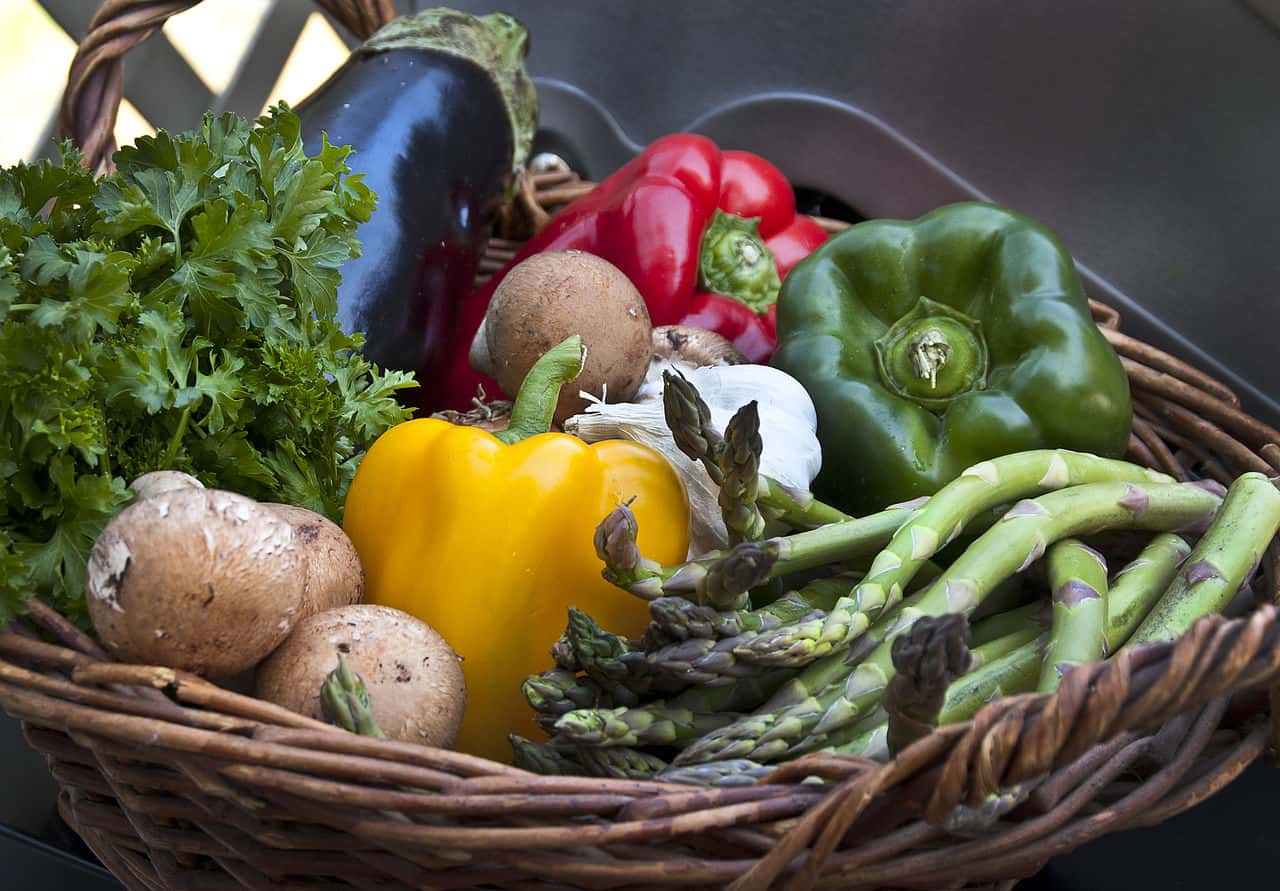Strawberries, kale, apples, and grapes carry traces of pesticide toxins still used to grow food in the United States.
There’s been some progress on pesticide use in the United States, including a ban on chlorpyrifos that followed the European Union‘s decision to end its use in 2020. Yet more than 70% of the nonorganic strawberries, greens and other produce sold in the U.S. are still tainted by pesticide chemicals and toxins.
That’s according to the Environmental Working Group (EWG), which released its annual Shopper’s Guide to Pesticides in Produce on Thursday. The report is based on nearly 45,000 samples tested for pesticides, taken from 46 different fruits and vegetables across a decade, and based on data from the U.S. Department of Agriculture and the Food and Drug Administration.
“Everyone should eat plenty of fresh fruit and vegetables, no matter how they’re grown,” said EWG toxicologist Alexis Temkin. “But shoppers have the right to know what potentially toxic substances are found on these foods, so they can make the best choices for their families, given budgetary and other concerns.”
This year’s report again pays close attention to the impacts on children who are eating apples, cherries and grapes that carry high levels of pesticides. While children and their parents seek to ensure their diets support a healthy and nutritious lifestyle, the agricultural use of many of these pesticides is instead posing a health risk.
“Pesticides are toxic by design,” the EWG said. “Although they’re meant to kill pests such as fungi, insects and plants, many pesticides are also linked to serious human health issues, including hormone disruption, brain and nervous system toxicity, and cancer.”
While the EWG report focuses on the public health risks of pesticides, this year’s version also makes note of the biodiversity impacts of pesticide use. Neonic pesticides now banned in Europe are still in use in the U.S. and pose a threat to birds, bees and other critical pollinators, along with a broader range of insects threatened by chemical and climate changes.
The 2022 report finds that these nicotine-based insecticides had coated more than 50% of the potatoes, spinach, lettuce and eggplant that were tested. At least one of three neonic products used in the U.S. was detected.
People who want to avoid pesticides should choose organically grown products, the EWG said. If that’s not possible, they should consider fresh fruits and vegetables that don’t carry as much pesticide product on them.
What they shouldn’t do is think that the toxins are removed through careful washing, because the results are based on how much of the toxins were found on foods that were carefully washed in the same way that consumers would.
People also should consider that the legal use of a pesticide, such as glyphosate, is not the same thing as a safe use. The EWG’s own tests have found glyphosate in oats, chickpeas and beans that has exceeded residue levels they consider safe for children.
Some of the safer food options include avocados and asparagus, as well as sweet peas and sweet potatoes. When these foods are tested, about two-thirds of them are considered clean and safe from pesticide use, the EWG said.
The EWG has released the annual list since 2004.
This story first appeared on Sustainability Times
© 2022 Sustainability Times.
This article is licensed under a Creative Commons Attribution-ShareAlike 4.0 SA International License.












